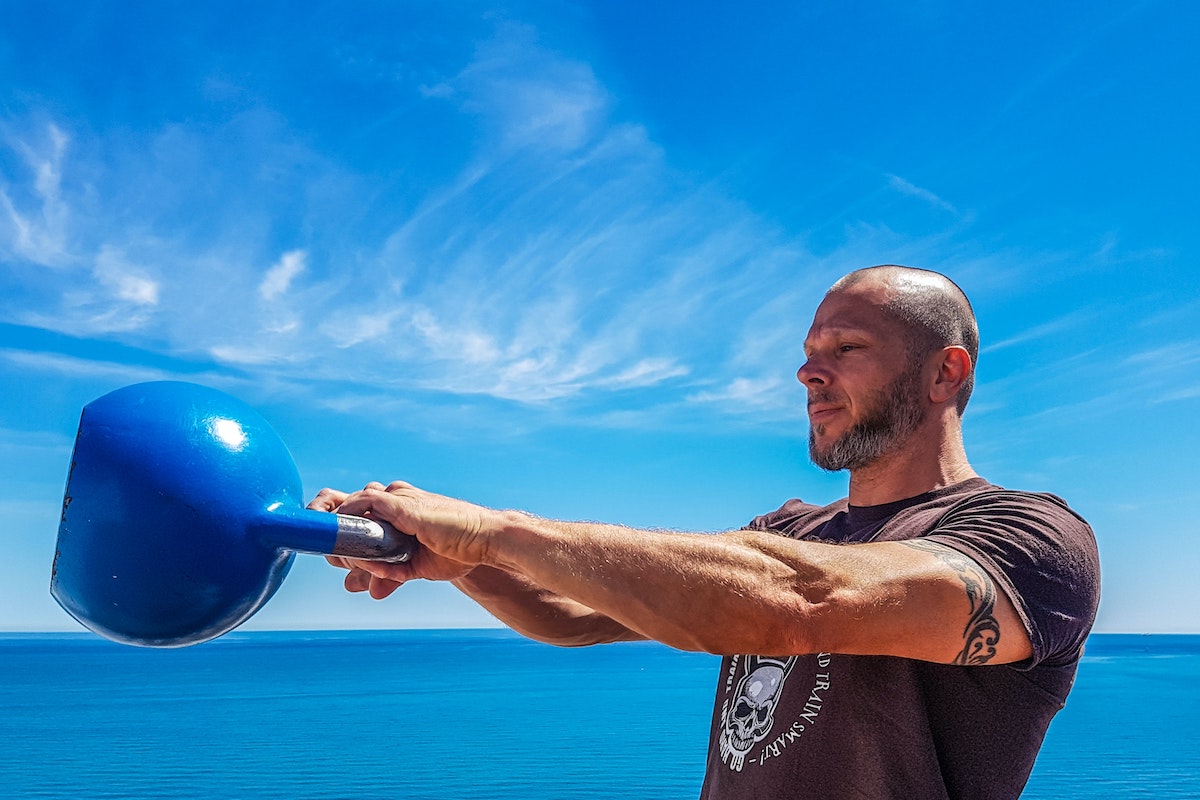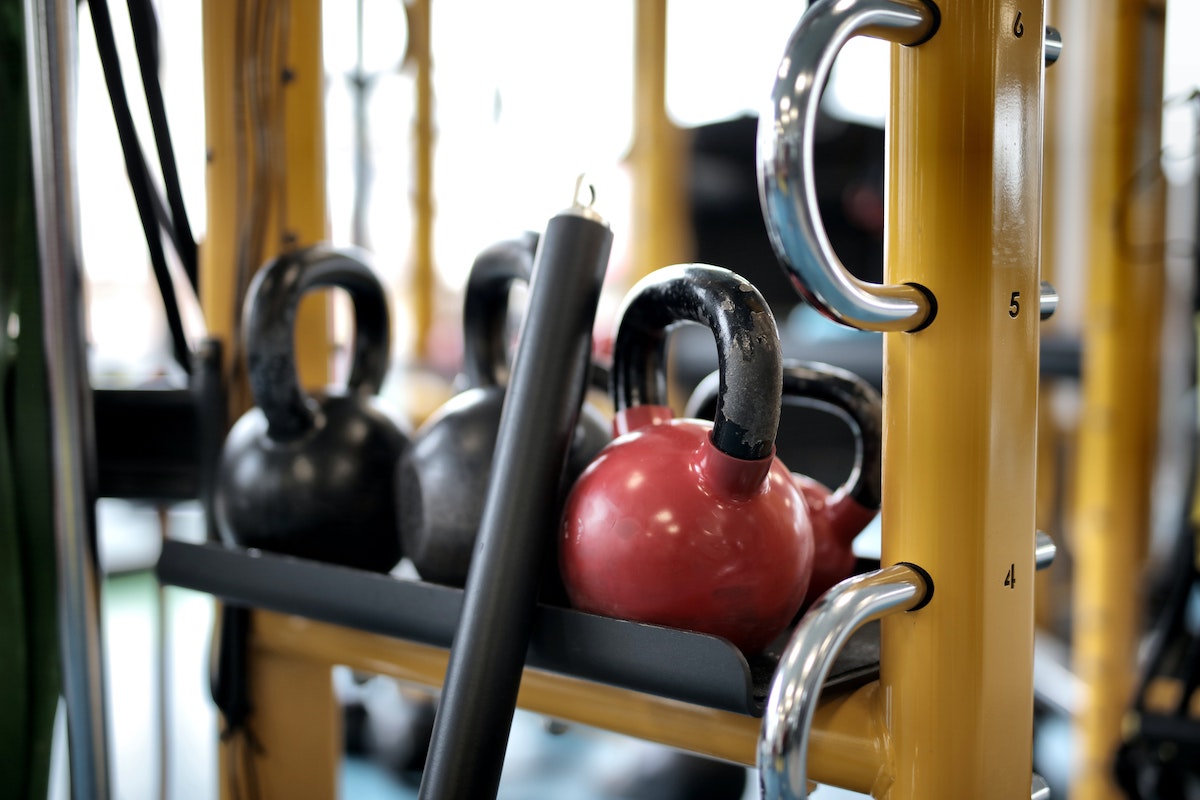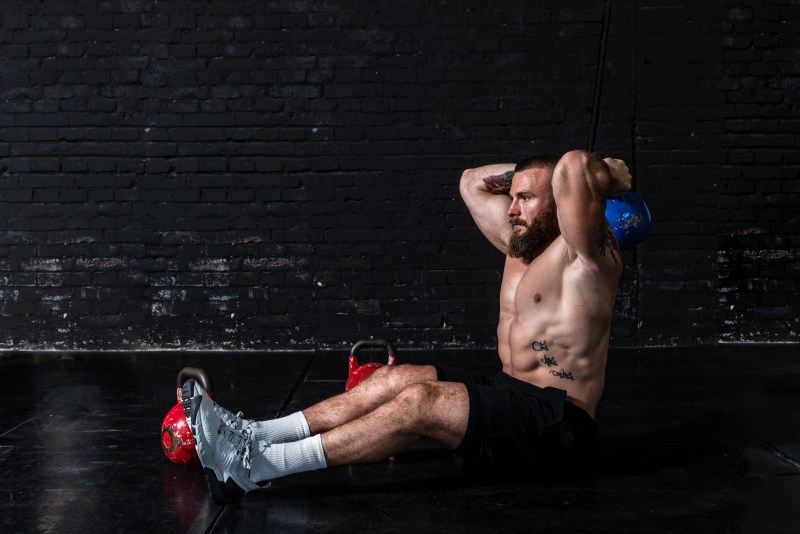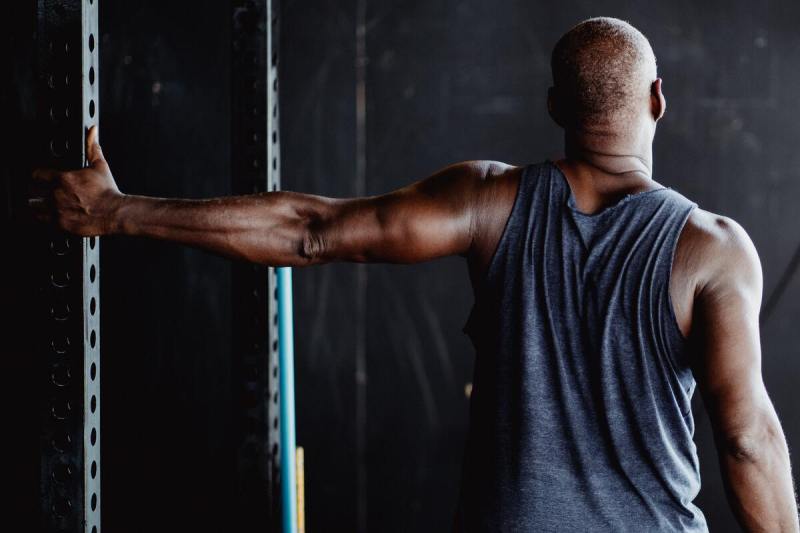
Kettlebell exercises can target several muscles, providing a full-body workout that is particularly effective in building upper-body strength, cardiovascular health, and posture.
Recently, upper-body kettlebell workouts have surged in popularity because they are great alternatives to other workout routines that require dumbbells, barbells, and resistance machines.
At this juncture, you may think about what effective upper body kettlebell workout you can perform. But do not worry; this guide will take you through the basics, including some upper-body kettlebell workouts you can incorporate into your fitness routine.
Can you build upper body strength with just kettlebells?

Yes, exercising with kettlebells alone is enough to build upper body strength. Kettlebells are versatile pieces of equipment; you can push, lunge, press, deadlift, squat, and pull with them, making them excellent tools not just for the upper body alone but also for the lower body and full body workouts.
Many people choose kettlebell workouts because they are a good way to exercise with light equipment. Kettlebells are accessible in the gym and can be easily stored at home. Also, they often mimic real-life movements while improving upper body strength.
So, if you want to focus on building your upper body strength with kettlebells alone, you are good to go. It can be time-saving and cost-effective.
How often should you train the upper body for results?

How often you train your upper body depends on your fitness goals and background. However, for optimal results, you should do it at least twice a week. This should give you plenty of opportunity to train the most essential muscles adequately, including the chest, triceps, shoulders, back, and biceps.
You can create an effective upper-body workout routine in two days. On day one, you can work on the back muscles and biceps, then the chest, shoulders, and triceps the next day. This breakdown is beneficial because it allows you to focus on fewer muscle groups per workout, significantly impacting all of them.
Moreover, it gives your muscles time to recover between each day of exercise to prevent burnout and soreness.
5 effective upper body kettlebell exercises

Single-arm overhead press
A single-arm overhead press with a kettlebell can help build strength throughout your upper body, work the core, and train the shoulder muscles through a full range of motion.
Instructions:
- Stand with your feet hip and shoulder width apart.
- Hold a kettlebell in each hand with your palms facing in.
- Starting on your right side, bring the kettlebell up so it is next to your shoulder and your palm is facing forward.
- Brace your core as you press the kettlebell up and past your head until your arm is completely straight.
- Slowly bend your elbow to lower the weight back down to shoulder height before repeating the movement.
- Complete the designated number of reps on the right side before switching to the left.
Recommended sets and reps: 4 sets of 8-10 reps
Bicep curls
Kettlebell bicep curls are great for targeting the biceps when you don’t have access to the typical dumbbells or barbells. This curl version creates constant tension throughout the movement, which makes it very effective for engaging the upper body muscles and improving strength.
Instructions:
- Stand with your feet slightly apart and hold a kettlebell in each hand.
- Lift the kettlebells to chest level by bending your elbows while keeping your upper arms stationary. Try to keep your elbows tucked into your sides and avoid swinging.
- At the top of the movement, squeeze the kettlebell handles to maximize tension before gradually lowering them back down to your sides.
Recommended sets and reps: 3 sets of 10-12 reps
Overhead tricep extensions
The triceps are located on the back of your upper arms, and they can be effectively targeted with kettlebells when doing overhead tricep extensions. To maintain proper form, be sure to start with a lighter weight for this move and constantly brace your core.
Instructions:
- Grab a kettlebell by its handle with both hands and hold it over your head so your arms are fully extended.
- Keeping your upper arms stationary, bend your elbows to allow the kettlebell to come down behind your head.
- Slowly bring the kettlebell back up so your arms are straight again before repeating the movement.
Recommended sets and reps: 3 sets of 8-10 reps
Kettlebell rows
Kettlebell rows can help you develop anti-rotational strength in your core and increase hypertrophy in your lats and traps without compromising your shoulders. To maximize the benefits, you should maintain a parallel torso throughout the set and follow strict form.
Instructions:
- Start in a standing position with a kettlebell in your right hand. Slightly hinge forward at your hips and place your left hand on your left thigh for support. Your back should be completely straight.
- Keep your gaze on the floor and fully extend your right arm so the kettlebell is near the ground.
- Tighten your core, and bend your elbow to bring the kettlebell up next to your right hip. Keep your elbow tucked into your side throughout the exercise.
- Pause at the top of the movement for a few moments before releasing the kettlebell back down.
- Repeat for a designated number of reps before switching sides.
Recommended sets and reps: 4 sets of 8-10 reps per side
Straight arm pullovers
Kettlebell straight-arm pullovers are a good chest exercise alternative if you don’t have access to dumbbells or a barbell. This movement can also help with improving core stability.
Instructions:
- Lie on your back, and plant your feet firmly on the floor with your knees bent.
- Grab a kettlebell with both hands and start with your arms extended straight above your chest.
- Press your lower back into the floor for stability, and brace your core. Keeping your arms straight, allow the kettlebell to fall back behind your head until it briefly touches the floor.
- Gradually return the kettlebell to the starting position above your chest to complete one rep.
Recommended sets and reps: 3 sets of 8-12 reps
Tips for developing muscle mass

- Train two to three times weekly to maximize progress while giving your muscles time to recover.
- Eat plenty of lean protein sources daily to help your muscles repair and build.
- Make your workouts short and intense to save time while still making progress.
- Maximize your workout time with compound exercises.
- Warm up before your workouts and cool down after to help prevent injuries.
- Get enough sleep and rest to allow your muscles to properly repair.



